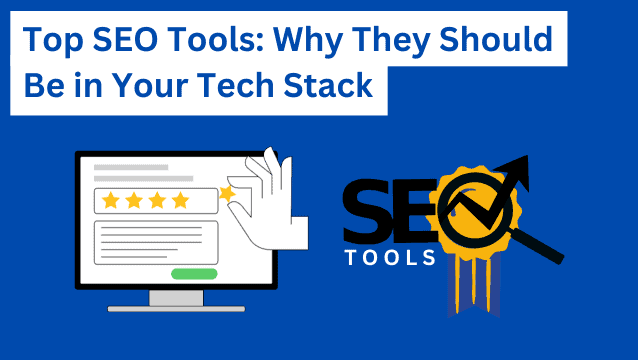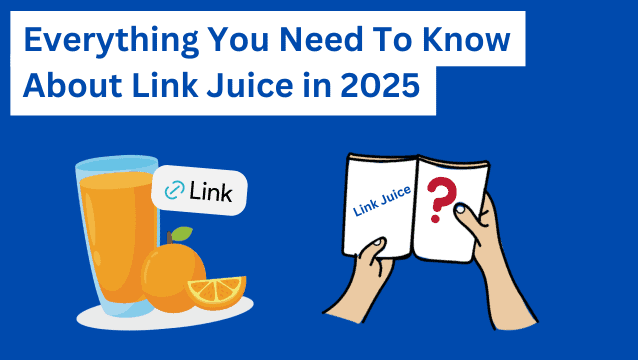Staying visible in search results is no easy task. Search behavior changes constantly. Google updates its algorithms, and what worked last year may not work today.
That’s why keeping up with Google search trends is essential for every marketer and SEO professional. These trends don’t just tell us what people are searching for and their search interest—they show us how they’re searching. And in 2025, the search data means a world of new opportunities.
In this guide, we’ll cover what Google search trends are, how to find them, and most importantly, how to use them to boost your SEO strategy.
Highlights
- Google Search Trends in 2025 are essential for staying competitive by providing real-time insights into emerging popular topics, user behaviors, and regional interests, enabling proactive content strategies.
- Key trends such as AI-generated results, mobile-first search, video dominance, voice and visual search, and hyperlocal SEO are transforming the search landscape, requiring marketers to adapt their SEO tactics accordingly.
- Leveraging tools like Google Trends, Keyword Planner, SEMrush, and Ahrefs helps identify rising queries, analyze competition, and optimize content for evolving search intent and formats.
- To succeed, marketers should focus on creating authoritative, engaging content around trending topics early, optimizing for search intent, multimedia (videos and images), and featured snippets, and continuously monitoring trend data.
- Future search developments emphasize more AI-driven features, voice and local search, real-time trending topics, and faster responsiveness, making ongoing trend analysis and agility crucial for long-term SEO success.
What are Google Search Trends

Google search trends are patterns in how people use Google to find information. They include what keywords are rising (trending searches), what devices people use, and what kind of results they click.
Every year, Google releases insights into top global searches (Google Trends data). But beyond headlines like “most searched celebrity,” there’s a deeper layer of data. It shows how users interact with search engines, and that’s where SEO professionals win.
These trends help marketers adapt content marketing and strategies around it, optimize for new user behaviors, and stay one step ahead of the competition.
The importance of Google Trends in 2025
In 2025, SEO is more competitive than ever. Brands are fighting for visibility in search results, and even small shifts in behavior can mean big wins—or losses. That’s why Google Trends has become a critical tool for marketers and SEO specialists.
Unlike static keyword tools, Google Trends provides real-time insights. It shows what people are searching for right now, not just historical averages. This matters because user intent can change overnight.
A new product launch, viral trend, or breaking news story can cause search volume to spike instantly. If you’re watching Google Trends, you can catch these shifts early and adjust your content strategy before competitors even notice.
The platform also helps businesses understand seasonal trends. For example, searches for “tax help” peak in March and April, while “Black Friday deals” dominate every November. Planning content around these predictable cycles ensures you’re visible when demand is highest.
Another key benefit is regional targeting or regional interest. Google Trends lets you break down search popularity by country, state, or even city (interest by subregion). This means marketers can tailor campaigns to local audiences, aligning perfectly with the rise of hyperlocal SEO.
Finally, Google Trends is a valuable competitive edge. It highlights rising queries and emerging topics that haven’t saturated yet. By creating content early, businesses can secure higher rankings before their competitors.
In short, Google Trends isn’t just a “nice to have” tool in 2025—it’s essential. It helps brands stay relevant, respond to market changes quickly, and align content with real customer behavior.
For marketers who want to dominate SEO, it’s one of the smartest tools in the box.
Why Google Search Trends matter for SEO

If you’re serious about SEO, you can’t ignore trending searches. They shape how people discover brands online.
Here’s why they matter:
- Visibility shifts. Google constantly changes how results are displayed. Featured snippets, People Also Ask boxes, AI overviews, and knowledge panels all influence where clicks go. If you don’t adapt, your traffic drops.
- Consumer intent evolves. Search behavior changes fast. Users now type full questions, use voice commands, or upload photos instead of just typing short keywords. Optimizing for intent means better alignment with customer needs.
- Competition grows. More businesses are online than ever before. Ignoring trending searches leaves room for your competitors to outrank you. Staying ahead ensures your content doesn’t get buried.
- ROI depends on relevance. SEO is only as strong as its ability to match current demand. Outdated tactics waste money and time. Following trends ensures every dollar spent works harder.
- Content planning gets smarter. Google search trends help marketers spot seasonal spikes and rising queries early. This means you can publish content before demand peaks, giving you a head start in the rankings.
- Local impact is stronger. With hyperlocal searches rising, following Google search trends helps businesses tap into neighborhood-level demand. This is critical for service-based companies, restaurants, or retailers competing in smaller geographic areas.
- Future-proofing SEO. Search trends reveal not just what’s popular today, but what’s gaining traction for tomorrow. Spotting shifts in Google Trends data early gives marketers a competitive edge and ensures their strategy won’t become obsolete.
Simply put, following Google search trends will keep your SEO relevant, competitive, and profitable in 2025 and beyond.
How to find Google Search Trends
There are several ways to spot and track Google Trends data. The right tools make it easy:
- Google Trends
Free, simple, and packed with insights. You can see keyword popularity, compare phrases, and analyze trends by region. - Google Keyword Planner
A must for PPC and SEO. It shows search volume, competition, and related terms. - SEMrush & Ahrefs
Paid tools that dig deeper. They track trending keywords, competitor performance, and SERP changes. - Exploding Topics
Great for spotting new rising trends before they hit the mainstream. - Google Search Console
Your own website data. It shows which search queries are bringing you clicks and impressions.
Pro tip: Don’t just track keywords. Look at search intent (why people search). That’s what turns traffic into customers.
How to use Google Search Trends for SEO
Here’s where it gets interesting. Understanding Google search trends is one thing. Using them to optimize your SEO strategy is another.
Below are the biggest Google search trends in 2025 and how to leverage each one for better rankings.
1. AI-generated results
Google is rolling out AI Overviews, which summarize answers directly in search results. This changes the game for SEO.
To optimize:
- Focus on authoritative, fact-checked content. Google prefers trusted sources.
- Use structured data so AI can pull accurate details from your site.
- Write content that clearly answers questions in concise, short sections.
If you ignore AI-driven search, you risk losing visibility. If you embrace it, you can become the trusted brand AI recommends.
2. Mobile-first search
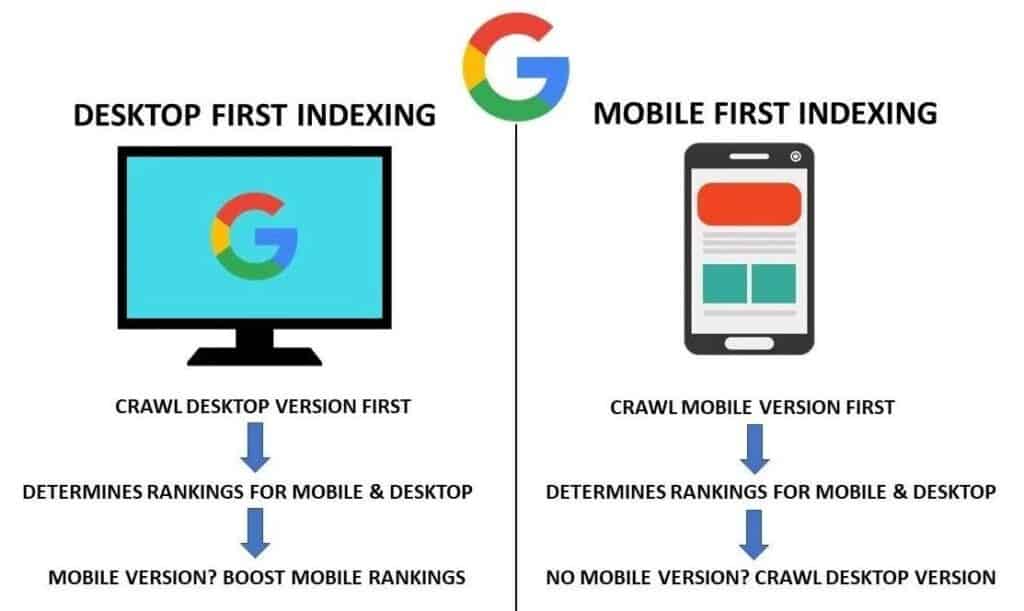
Mobile searches now account for 63% of organic visits worldwide (Source: Statista). And mobile search dominance is expected to continue to rise.
To optimize:
- Make your site fast and mobile-friendly.
- Use responsive design and test pages in Google’s Mobile-Friendly Test tool.
- Keep content scannable with short sentences, bullets, and bold text.
Google ranks mobile-optimized sites higher. Without it, you won’t compete in 2025.
3. Video search growth
Video is everywhere. Although YouTube is one of the largest search engines in the world, TikTok and Instagram Reels are transforming content creation and how people discover information.
To optimize:
- Create short, keyword-rich videos that answer questions.
- Add transcripts and captions for search engine optimization and accessibility.
- Embed videos on landing pages to boost engagement.
Video isn’t optional anymore. It’s central to SEO.
4. E-E-A-T (Experience, Expertise, Authoritativeness, Trustworthiness)
Google rewards sites that show credibility. E-E-A-T is especially critical for finance, health, and legal content.
To optimize:
- Highlight author bios with credentials.
- Link to credible sources.
- Showcase real-world experience through case studies and testimonials.
If your site lacks trust signals, your rankings will suffer, leading to long-term shifts in search volume numbers.
5. Long-tail and conversational keywords
Search queries are getting longer and more natural. With AI and voice search, people type (or say) questions in full.
To optimize:
- Target long-tail phrases like “best SEO strategy for local restaurants.”
- Use FAQ sections to capture conversational queries.
- Write content that mirrors real customer questions.
Long-tail keywords may bring fewer searches, but they convert better.
6. Voice search optimization
In 2025, voice assistants became a daily habit. According to Statista, in 2024, more than 50% of households used voice assistants.
To optimize:
- Write conversationally.
- Build FAQ pages.
- Use structured data for direct answers.
Voice search favors businesses that sound human, not robotic.
7. Visual search growth

According to Google, Google Lens now handles 12 billion searches monthly. And it’s simple to use. Shoppers take a picture, and Google shows them where to buy.
To optimize:
- Add descriptive alt text.
- Use clear, high-quality product photos.
- Make sure your images load fast.
E-commerce brands that ignore visual search will lose market share.
8. Zero-click searches
In the US alone, zero-click searches rose to 27.2% in Q1 2025, up from the same period in 2024 (Source: Search Engine Land). Featured snippets, knowledge panels, and maps give instant answers.
To optimize:
- Format content for snippets.
- Use headings, lists, and tables.
- Build brand authority so even impressions turn into trust.
You can’t always win the click. But you can win visibility.
9. Hyperlocal search
According to KeywordsEverywhere, searches with “near me” have exploded in recent years, and around 77% users use it to find local business info. In 2025, hyperlocal targeting goes beyond cities, right down to neighborhoods.
To optimize:
- Update your Google Business Profile.
- Collect customer reviews.
- Build landing pages for each location.
If you run a local business, hyperlocal SEO will bring you the most qualified leads.
The future of Google Search Trends
Google search trends are evolving fast. AI, voice, video, and local intent are reshaping how people find information.
For SEOs and marketers, the lesson is simple: adapt or get left behind.
The future isn’t about ranking #1 for a single keyword. It’s about owning the full search experience—from snippets to videos to local results.
Tools and methods to combine with Google Search Trends
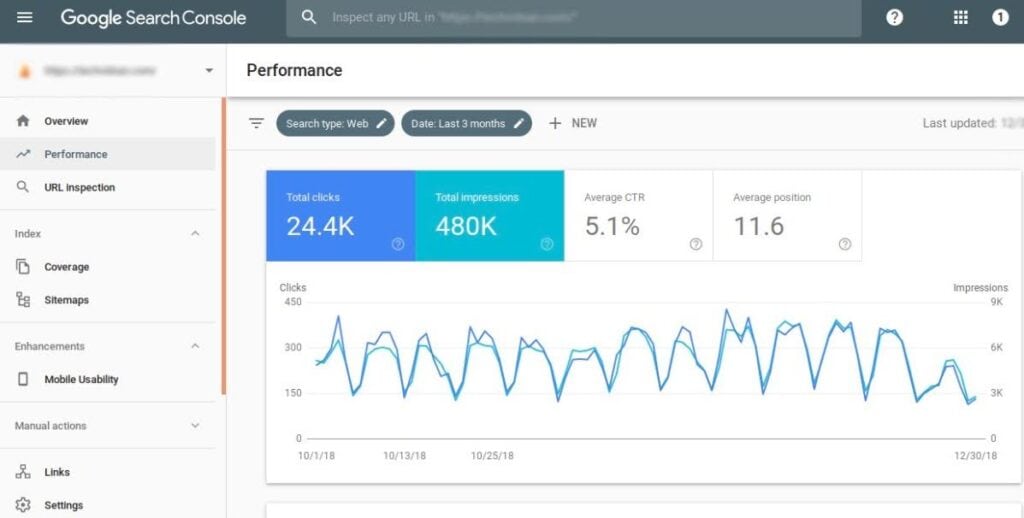
To get the best use out of Google search trends, pair them with other SEO tools and methods.
- Semrush or Ahrefs: get exact search volumes and keyword difficulty
- Google Search Console: see what queries your site is already ranking for
- Surveys and Social Listening: confirm trends with user sentiment
- Competitor monitoring: use Trends to compare interest in your topic vs. competitors
- Payload strategy: content clusters around trending topics plus supporting content to build authority
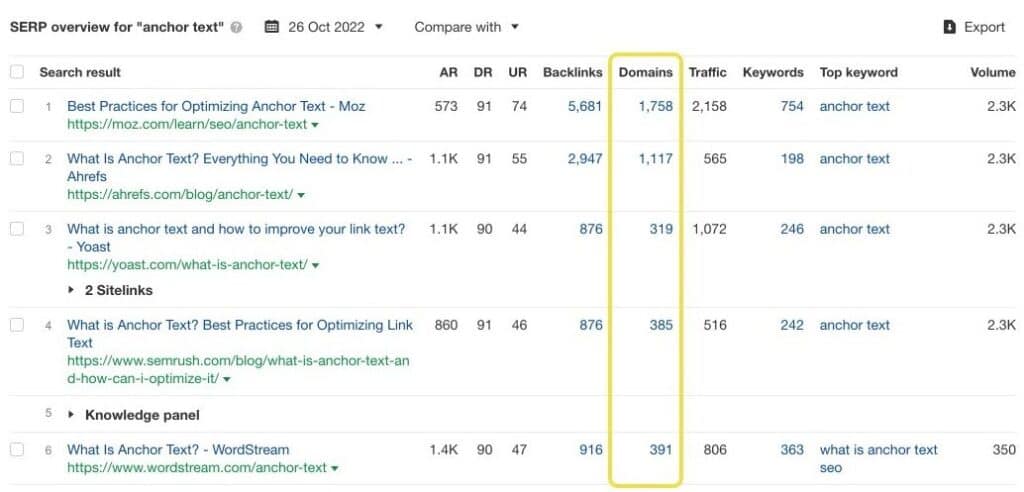
Best practices and common pitfalls
Using Google search trends well means avoiding mistakes.
Do this:
- Always check long periods (2-5 years) to avoid chasing short fads.
- Use relative interest and absolute volume together. Don’t rely only on Trends’ 0-100 graph.
- Prioritize topics where interest is rising and competition is manageable.
- Publish early for trending topics to get a first-mover advantage.
Watch out for:
- Mistaking drops as permanent: some trends are seasonal.
- Over-optimizing for one trend and neglecting evergreen topics.
- Ignoring regional differences: what’s trending in one country might be irrelevant in another.
Measuring success and tracking trends over time
It’s not enough to act once. Monitoring matters.
- Use Google Trends alerts or dashboards. Monitor interest over time.
- Track your content performance: impressions, clicks (via GSC), time on page.
- Compare content published on trending topics vs evergreen topics. Which type produces better ROI?
According to AIOSEO, as of 2025, content exceeding 3,000 words tends to rank better (with more backlinks and shares) than shorter content (1,400 words) in many competitive niches.
Pro tip: Regularly audit your topic portfolio and prune content that’s dying (the one for which search trends show is in decline).
Future outlook: What’s next in Google Search Trends
What should SEOs expect next when it comes to Google search trends?
- More AI-driven snippets and generative summaries. The content will need to be optimized for these new formats.
- Greater importance of voice search and natural language query trends. As voice assistants improve, long-tail and conversational search are on the rise.
- Real-time trending topics will matter more. News, social bugs, and viral events will influence search behaviour.
- Search localization will deepen. Trends will vary more by city and by region.
Search engines will become more responsive, which means marketers will need to adapt faster.
Final thoughts and action plan
Google search trends in 2025 are powerful. They give marketers signals: what people care about, how interest shifts, and where opportunity lies.
Here’s your quick action plan:
- Start using Google Trends regularly. Set up dashboards or habits.
- For each piece of content, check Trends for keyword interest + related queries.
- Use tools like Ahrefs or Semrush to validate volume and competition.
- Build content around rising and breakout queries early.
- Track content performance and update based on trend shifts.
If you align your SEO around what’s trending — not what was trending — you gain an edge.Learn how to use Google search trends well, or hire a professional SEO agency to help you stay ahead. Build content that meets search behavior, not assumptions. That’s how you win in 2025.

